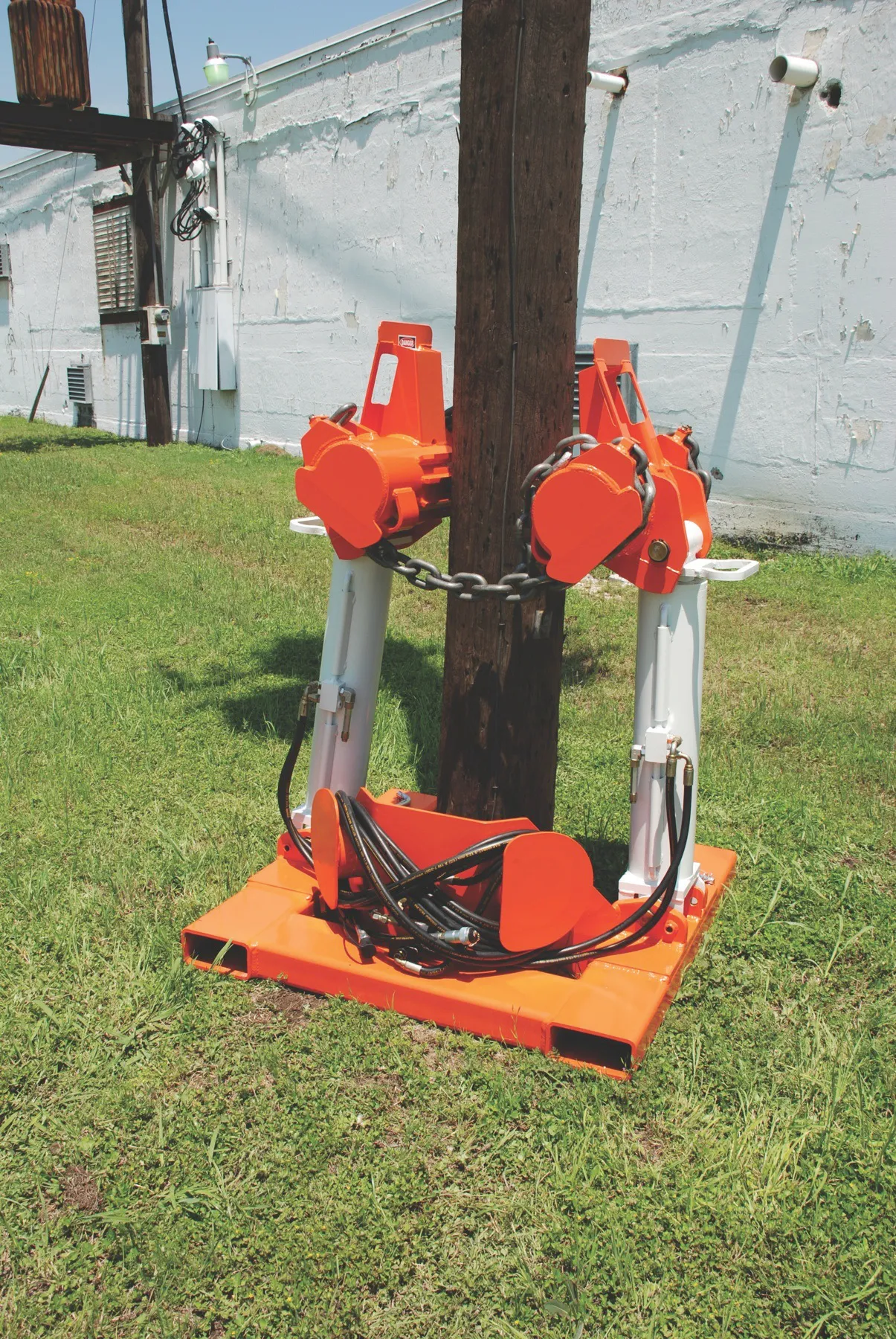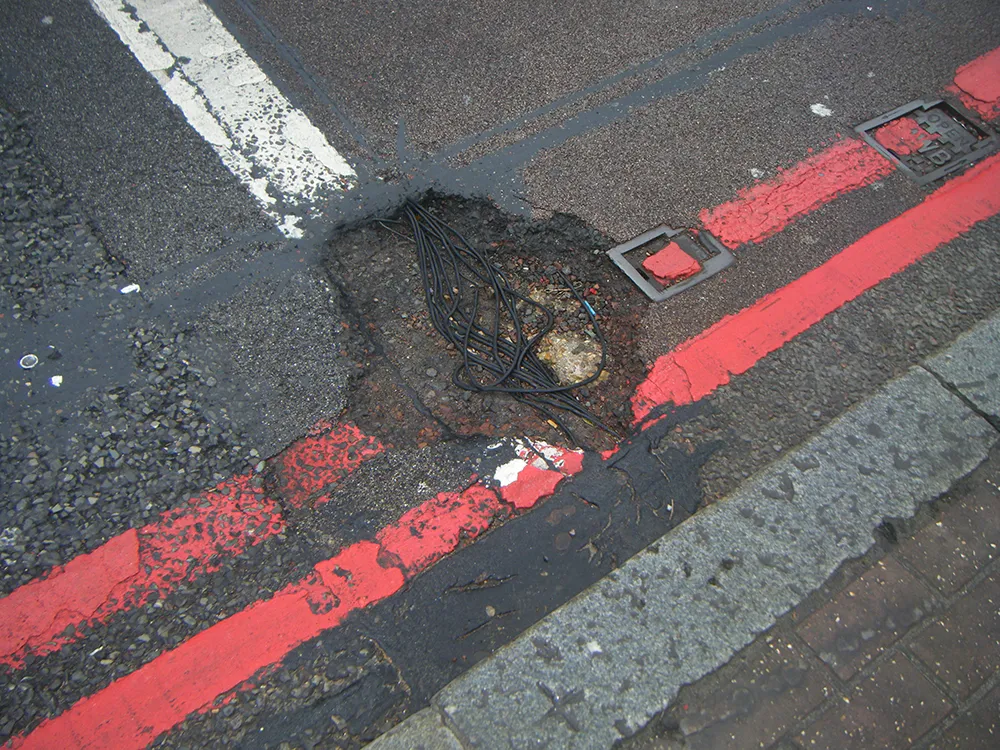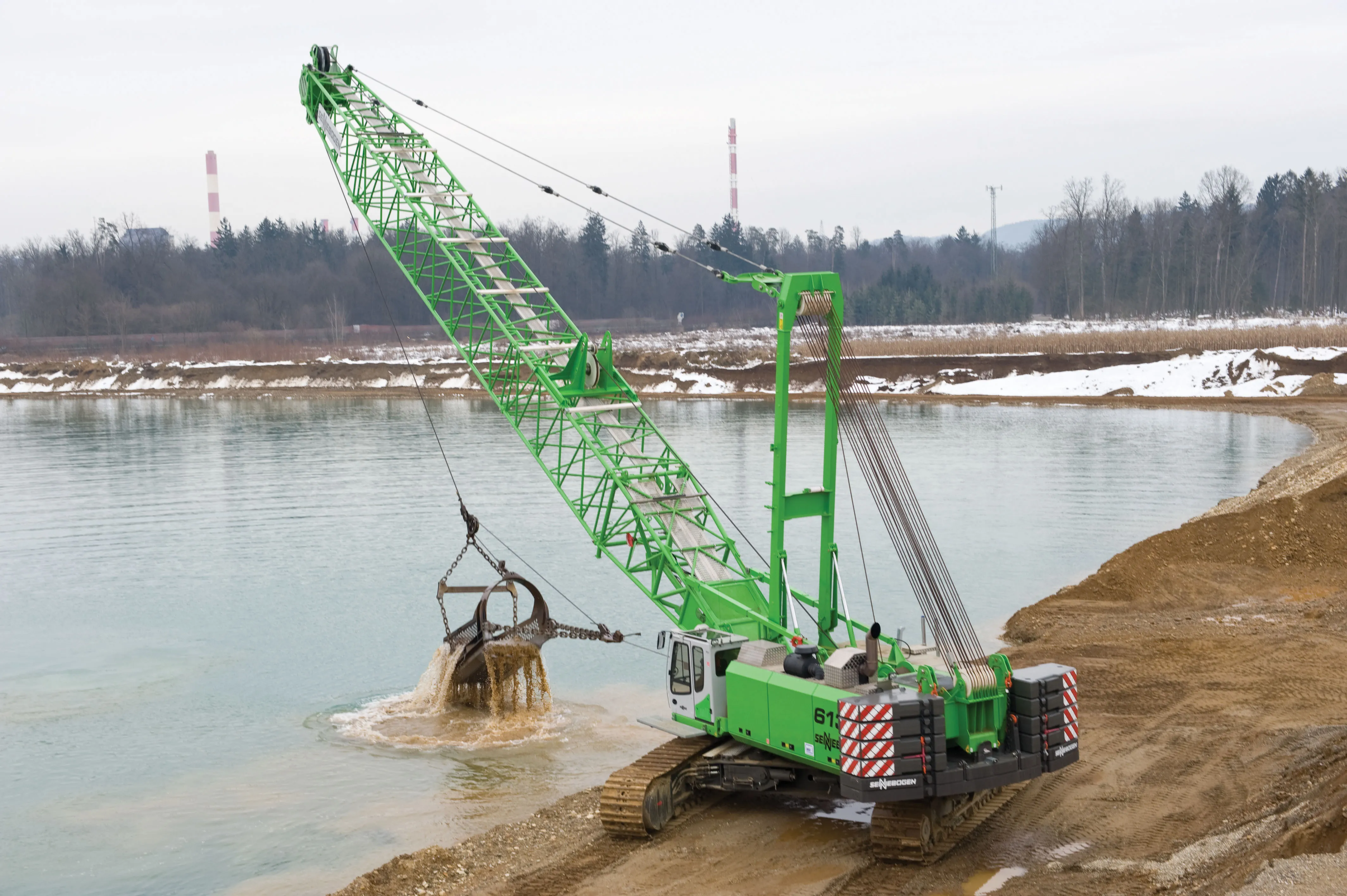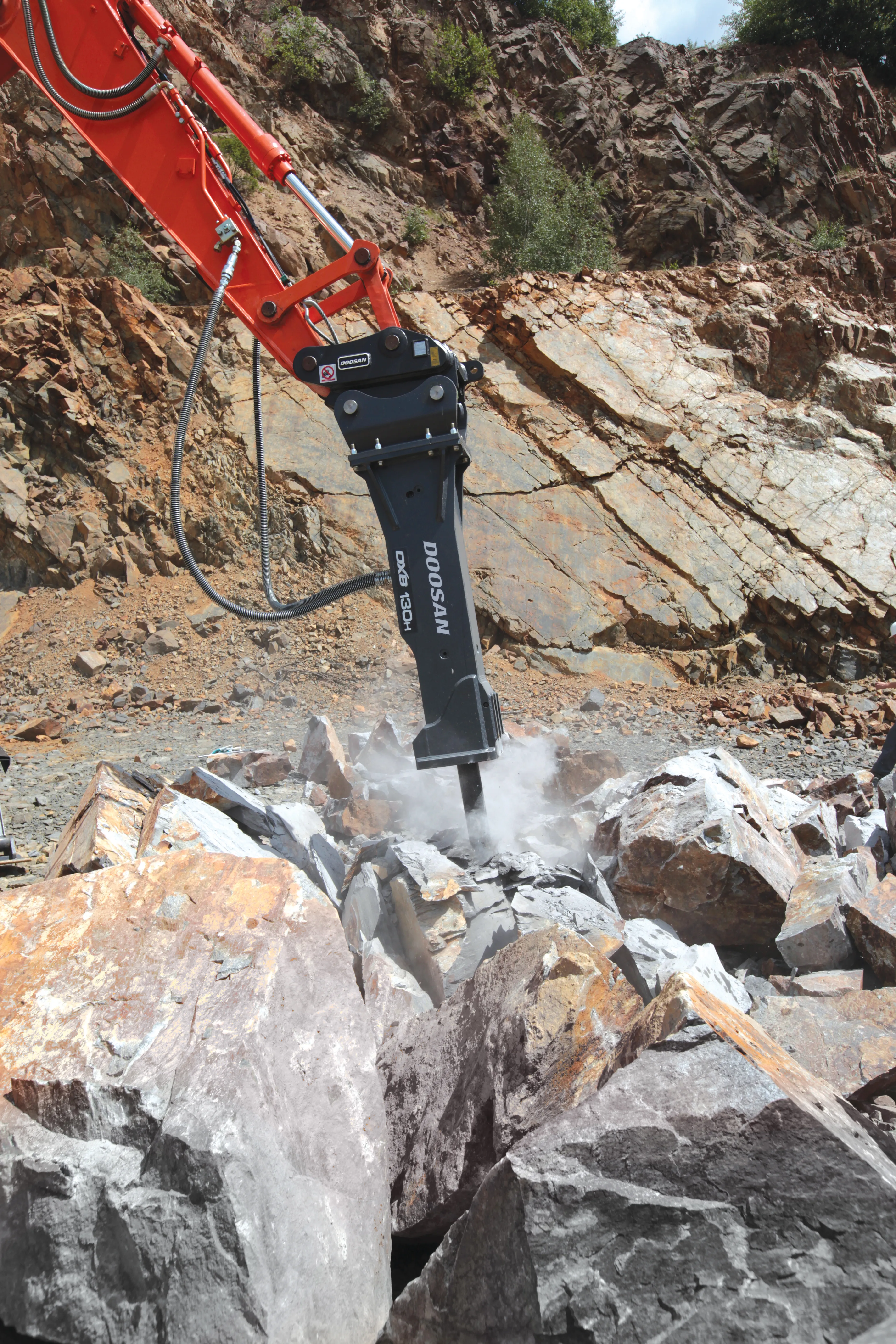Diversified Products (DP) has launched two Pole Puller models, said by the firm to be giving electric utility crews a faster and safer method for pole removal. The XHD-60 pole puller delivers more than 54,432kgs of pulling force and can handle poles up to 66cms in diameter. The 680kg unit utilises two hydraulic cylinders, each featuring a cam action head with beveled teeth to effectively grip the pole. A set of chains holds the cam heads together during the pulling process. As the cylinders push upward, the
June 14, 2012
Read time: 2 mins

The XHD-60 pole puller delivers more than 54,432kgs of pulling force and can handle poles up to 66cms in diameter. The 680kg unit utilises two hydraulic cylinders, each featuring a cam action head with beveled teeth to effectively grip the pole. A set of chains holds the cam heads together during the pulling process. As the cylinders push upward, the cam heads rotate, the teeth dig into the pole and lift it. The 61cms cylinder stroke — compared to 38cms on other pullers — is said to allow crews to efficiently pull out a pole in fewer cycles. DP also says that the dual cylinder design causes less damage to poles than other pullers, allowing some poles to be re-used.
The HD-30 pole puller provides 27,432kgs of pulling force and can be used on poles up to 18inches in diameter. The 317kg puller uses two hydraulic cylinders — also with a cam action head and beveled teeth — matching the 61cms cylinder stroke offered by the XHD-60. Both models feature holding valves to prevent the cylinders from drifting down while under load.
Said by DP to have been field-tested and approved by transmission and distribution maintenance professionals, the pole pullers are operated using the controls on a hydraulic power source such as a skid steer, crane or derrick. Each unit requires hydraulic flow of 5 to 15gallons per minute at 2,500psi. The pullers feature multiple lifting points for easy positioning by crane or skid steer.








